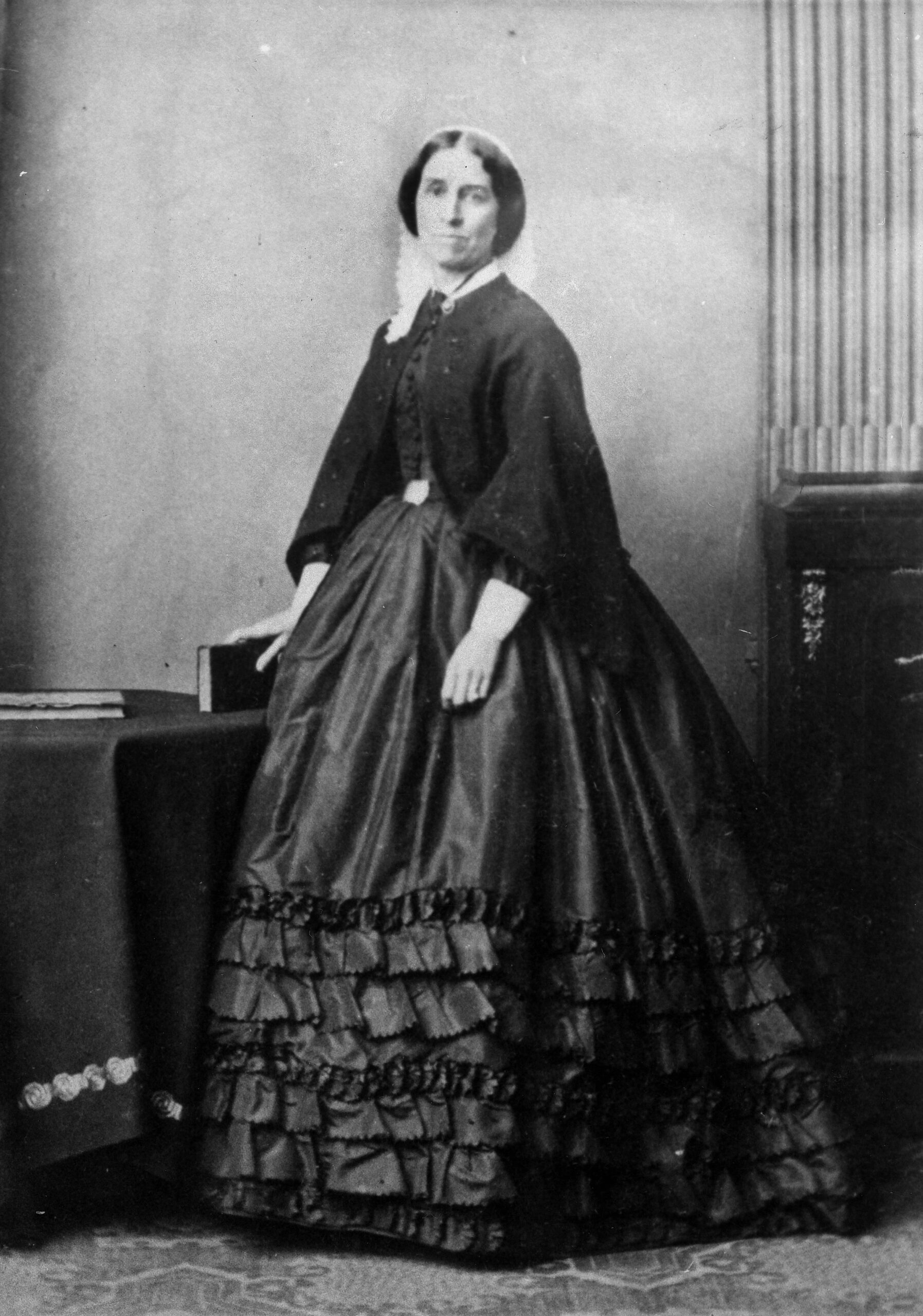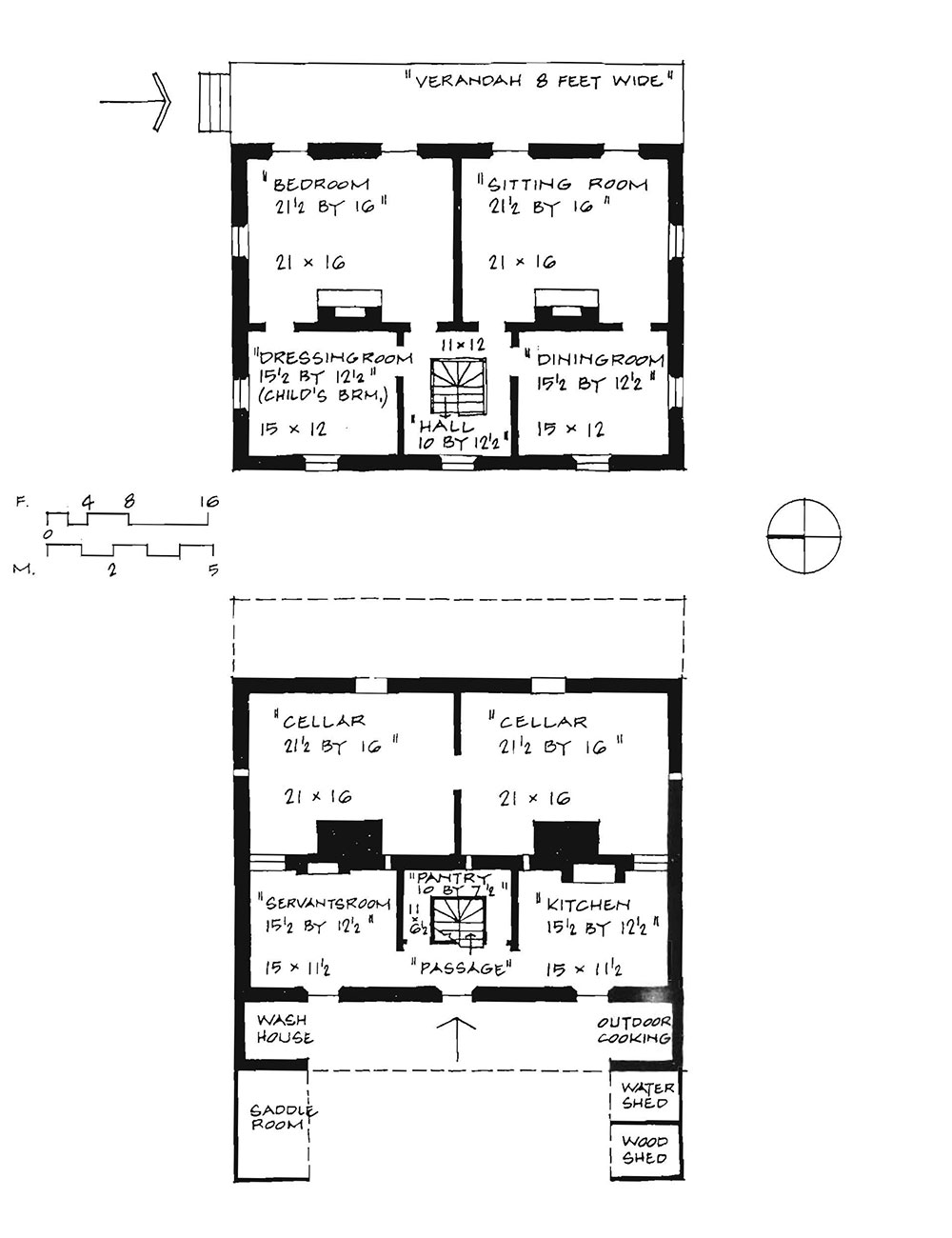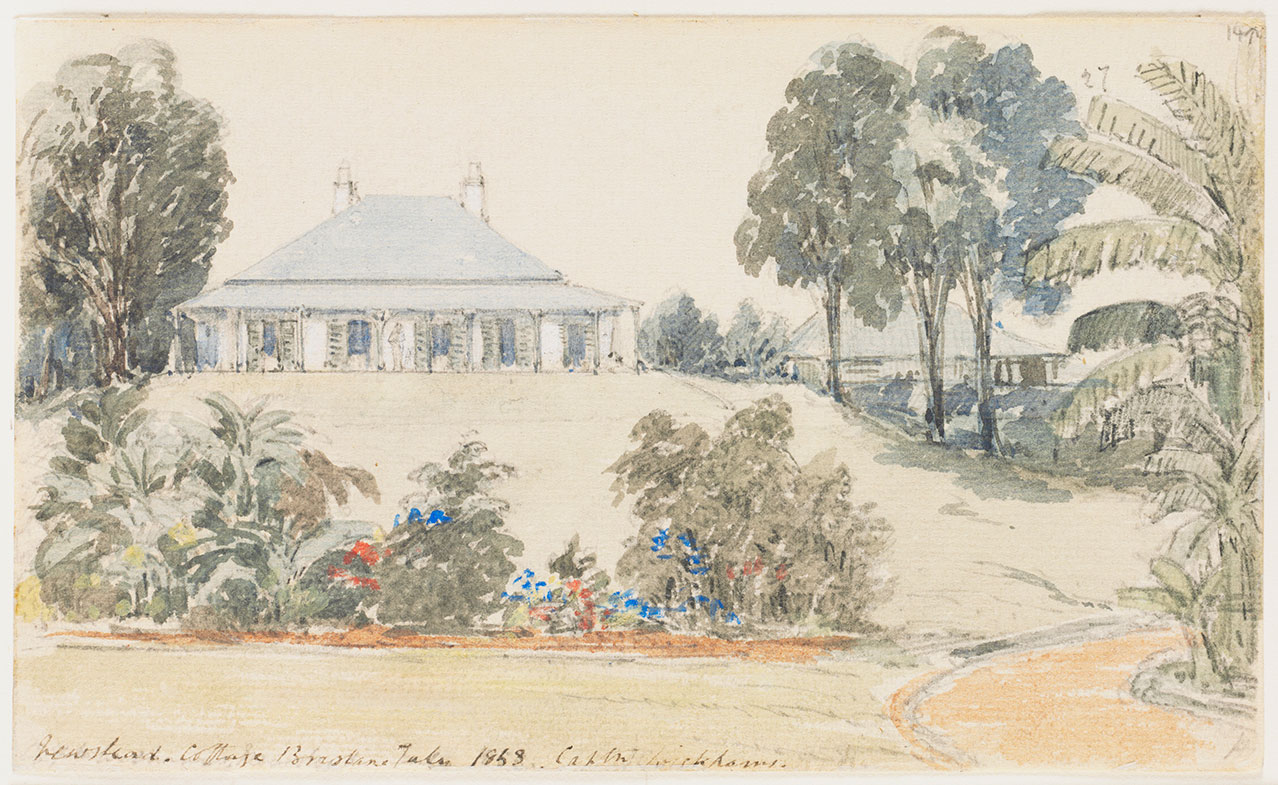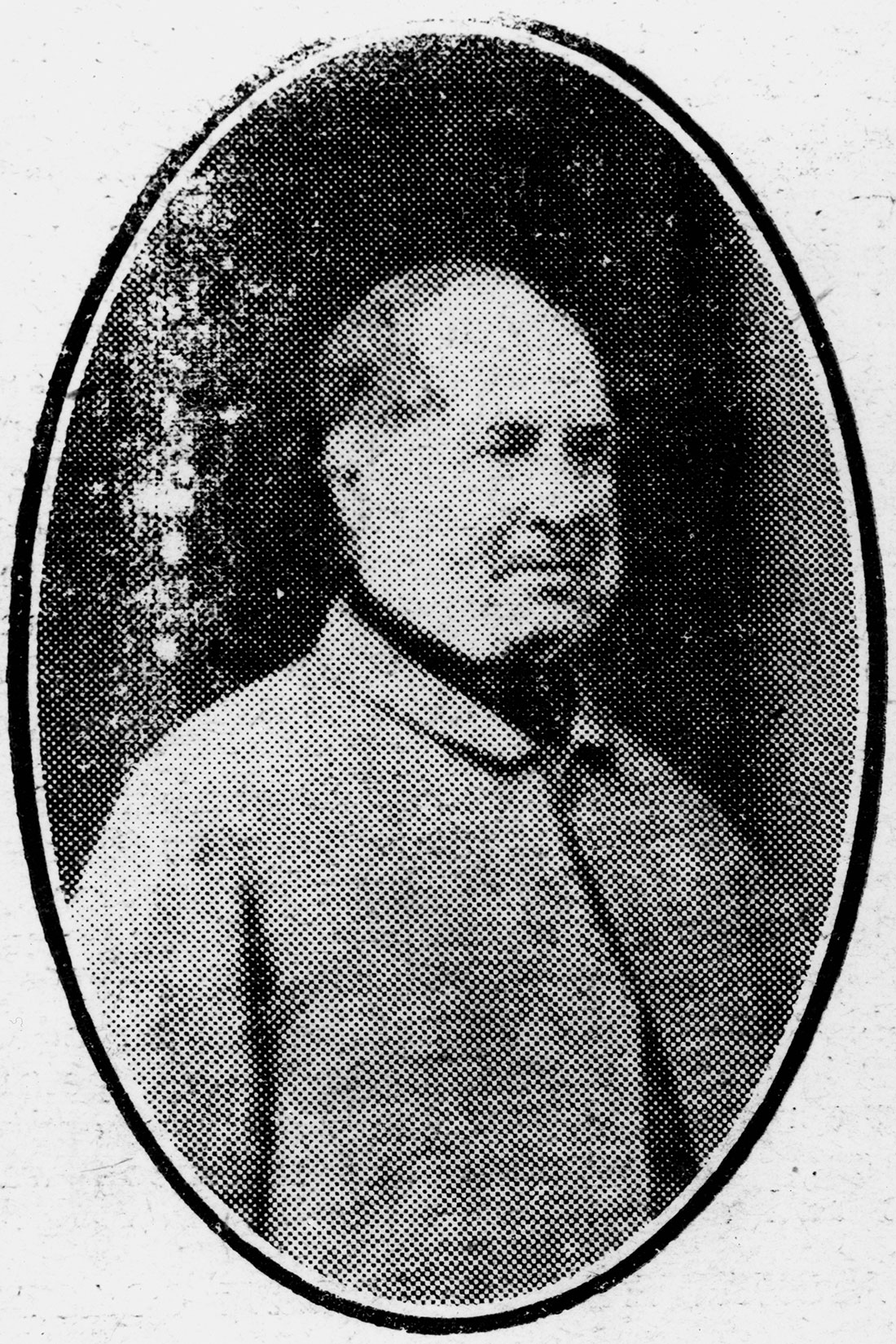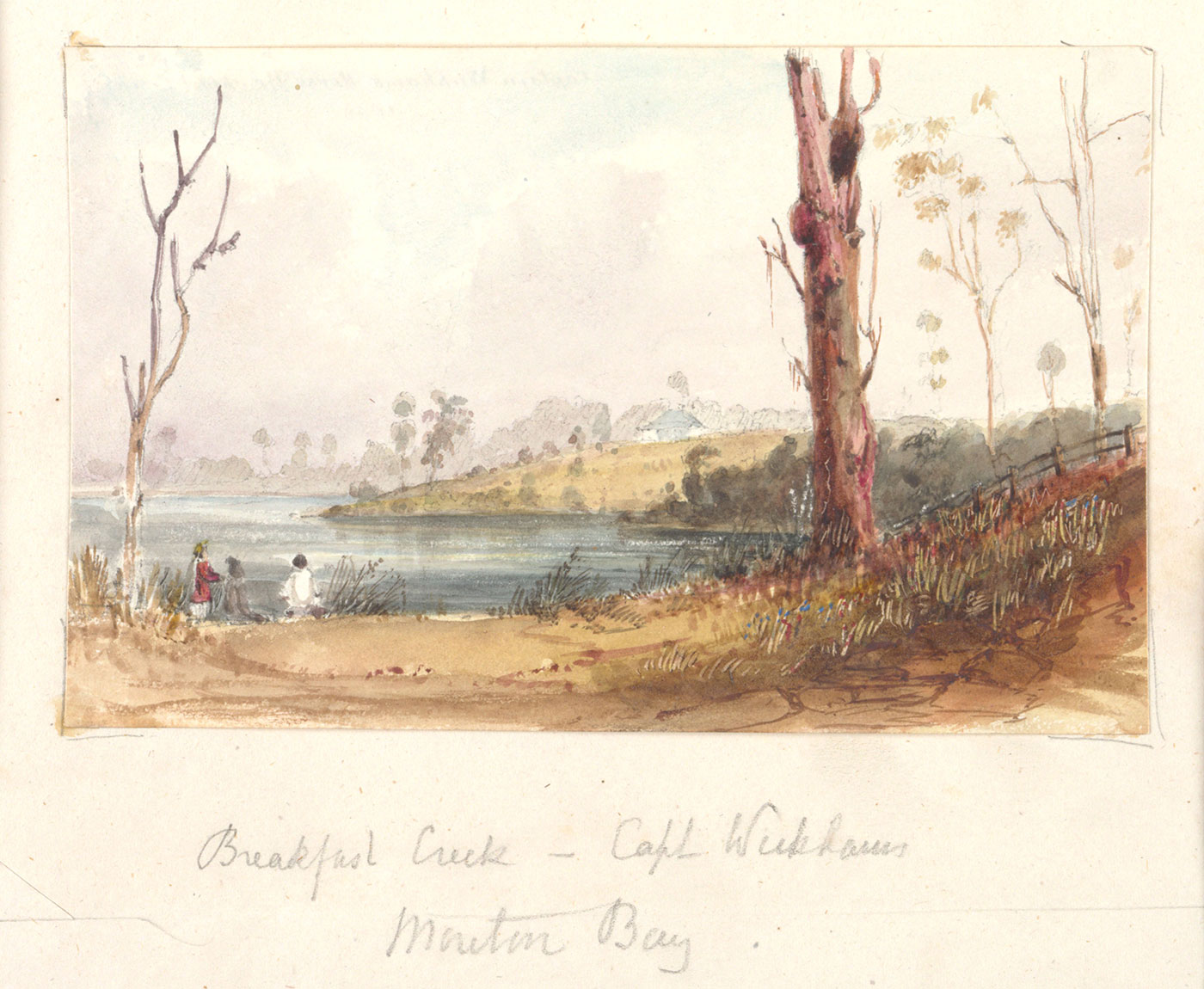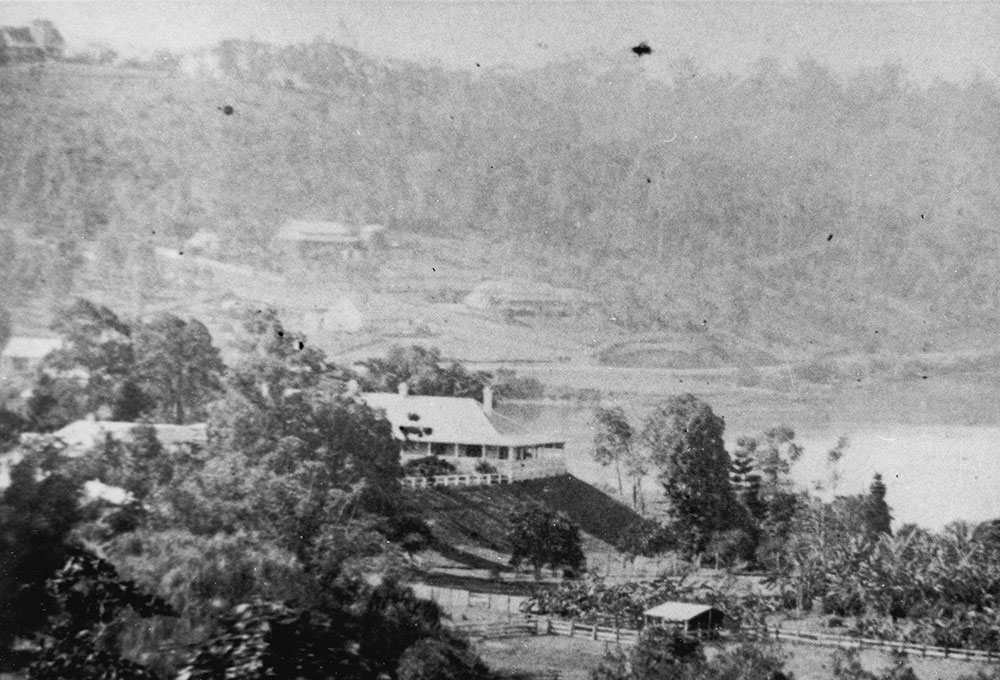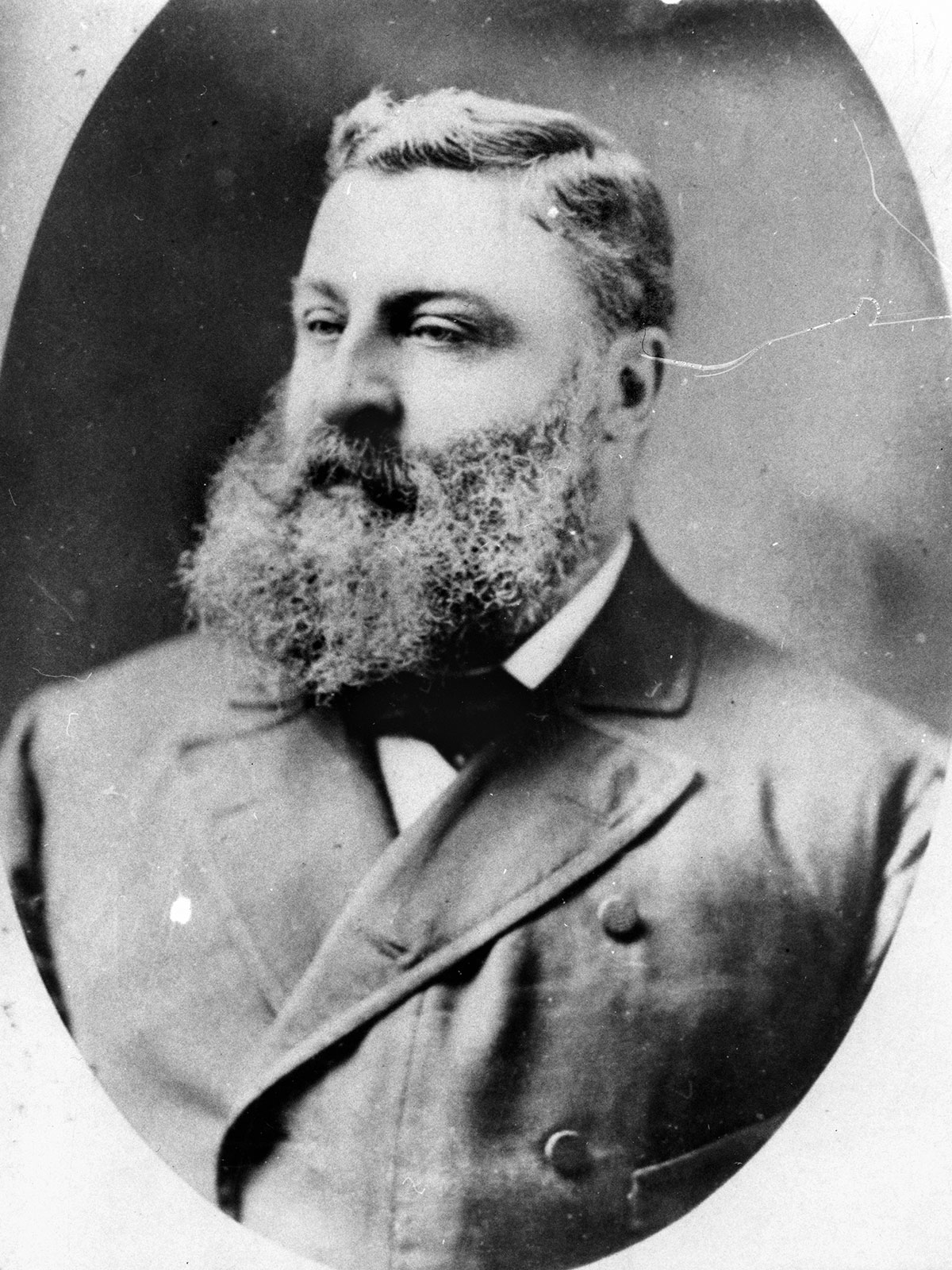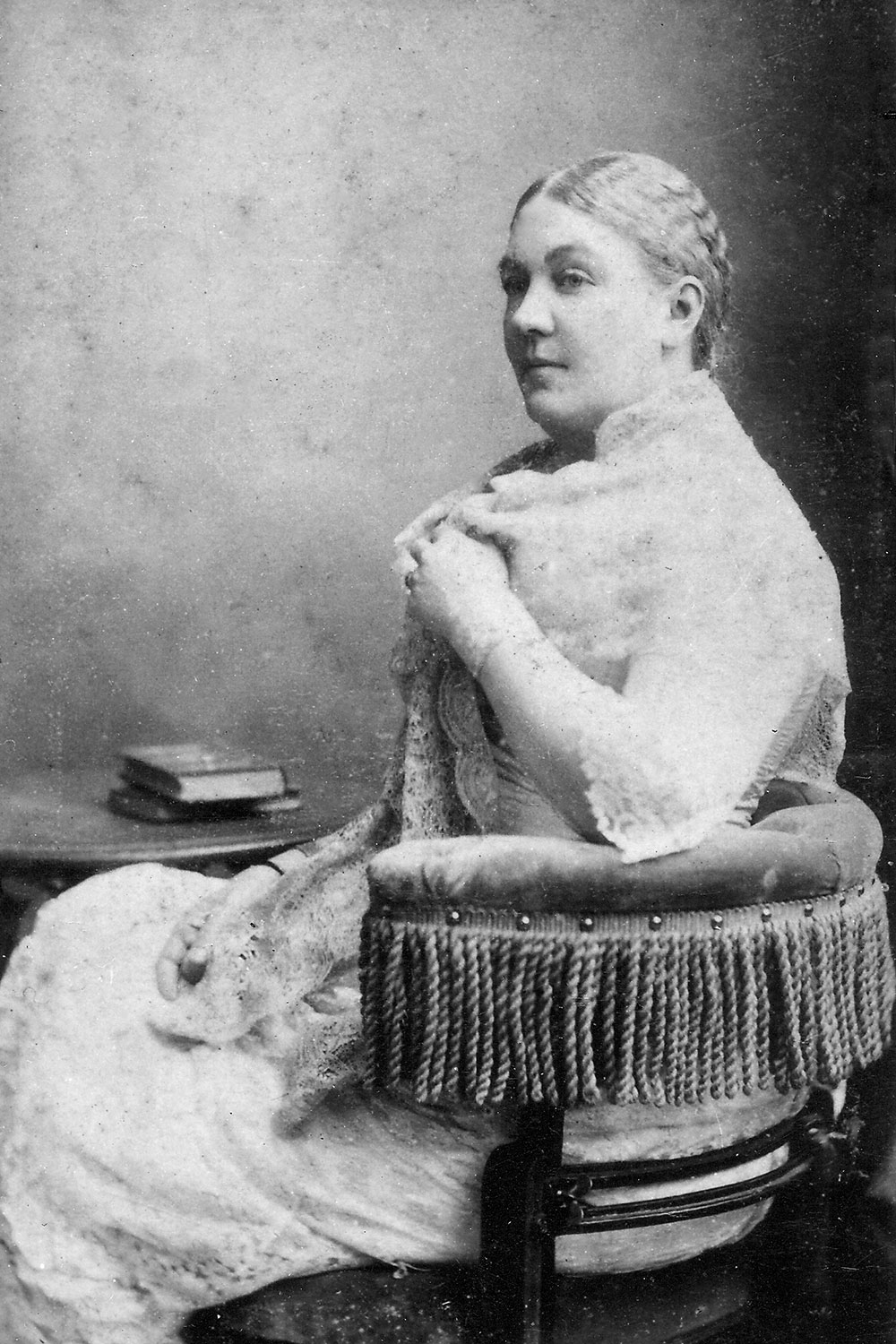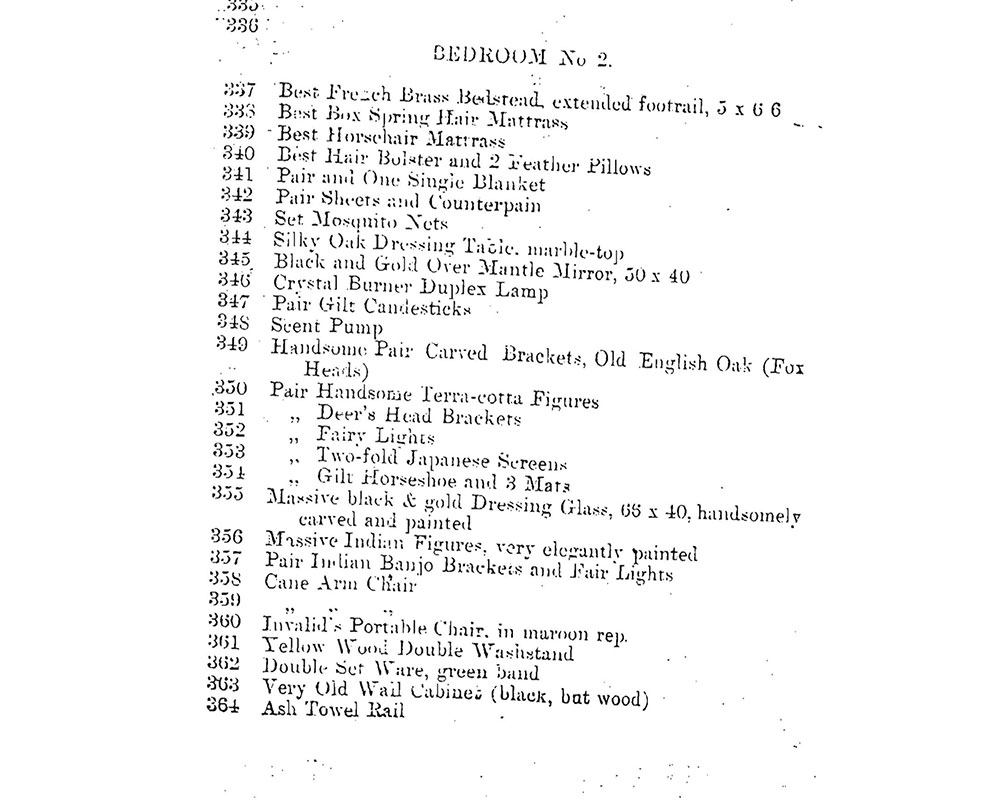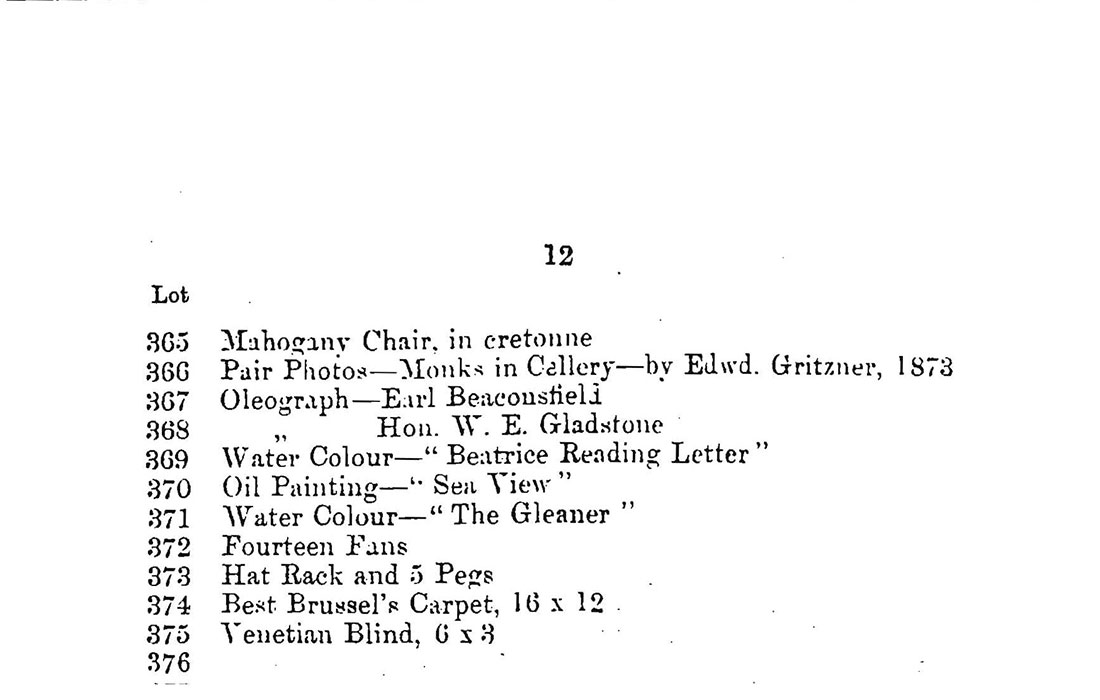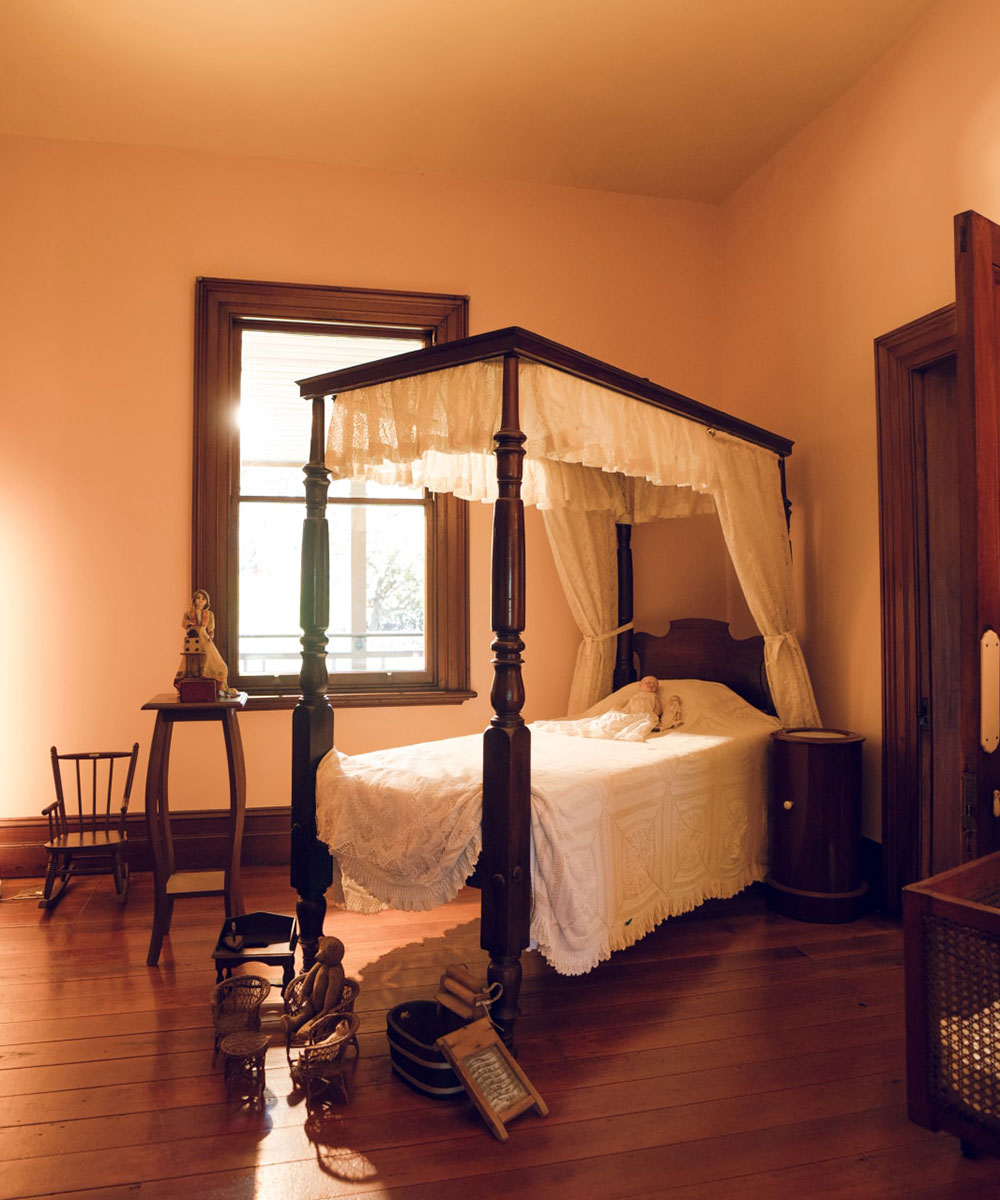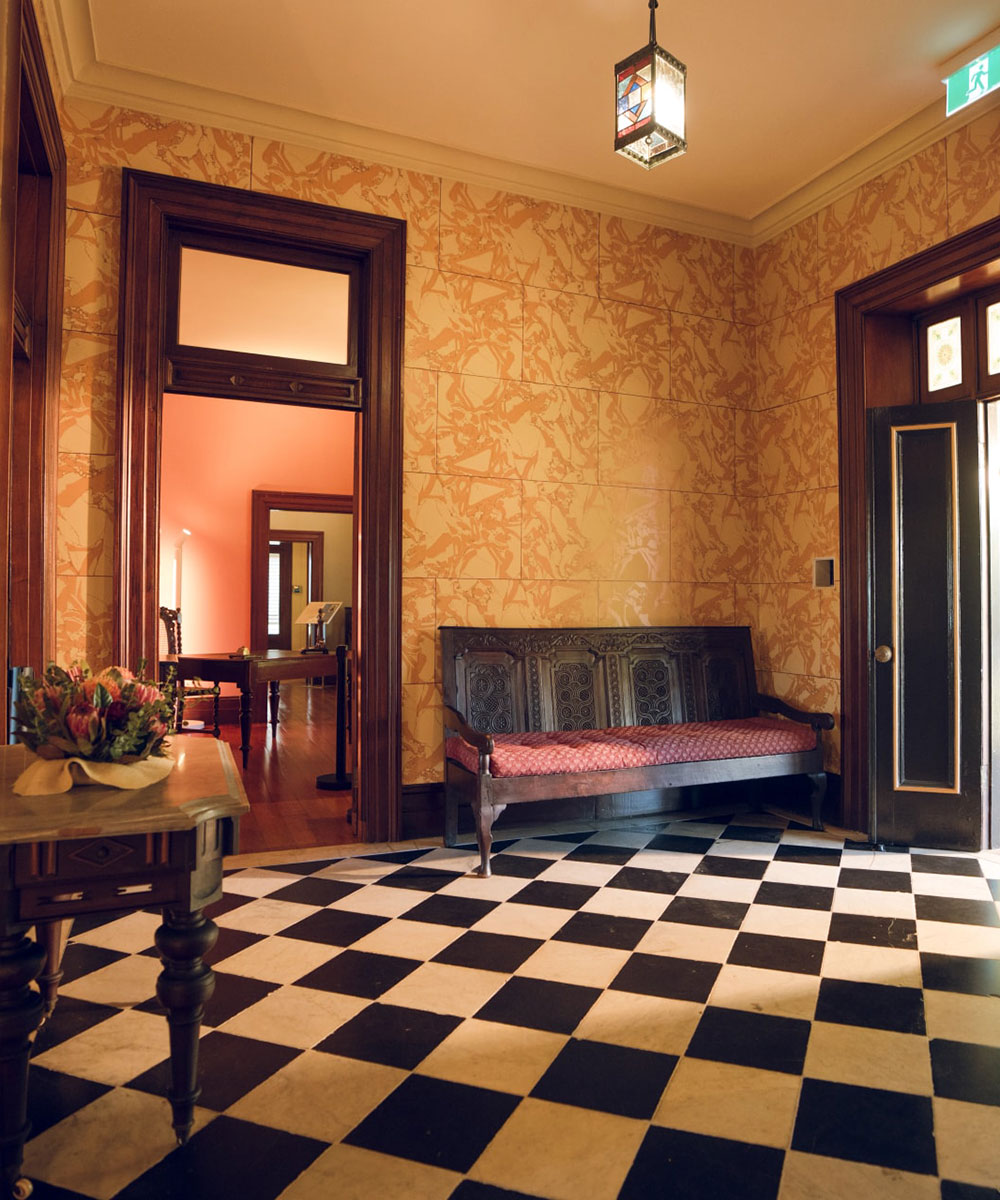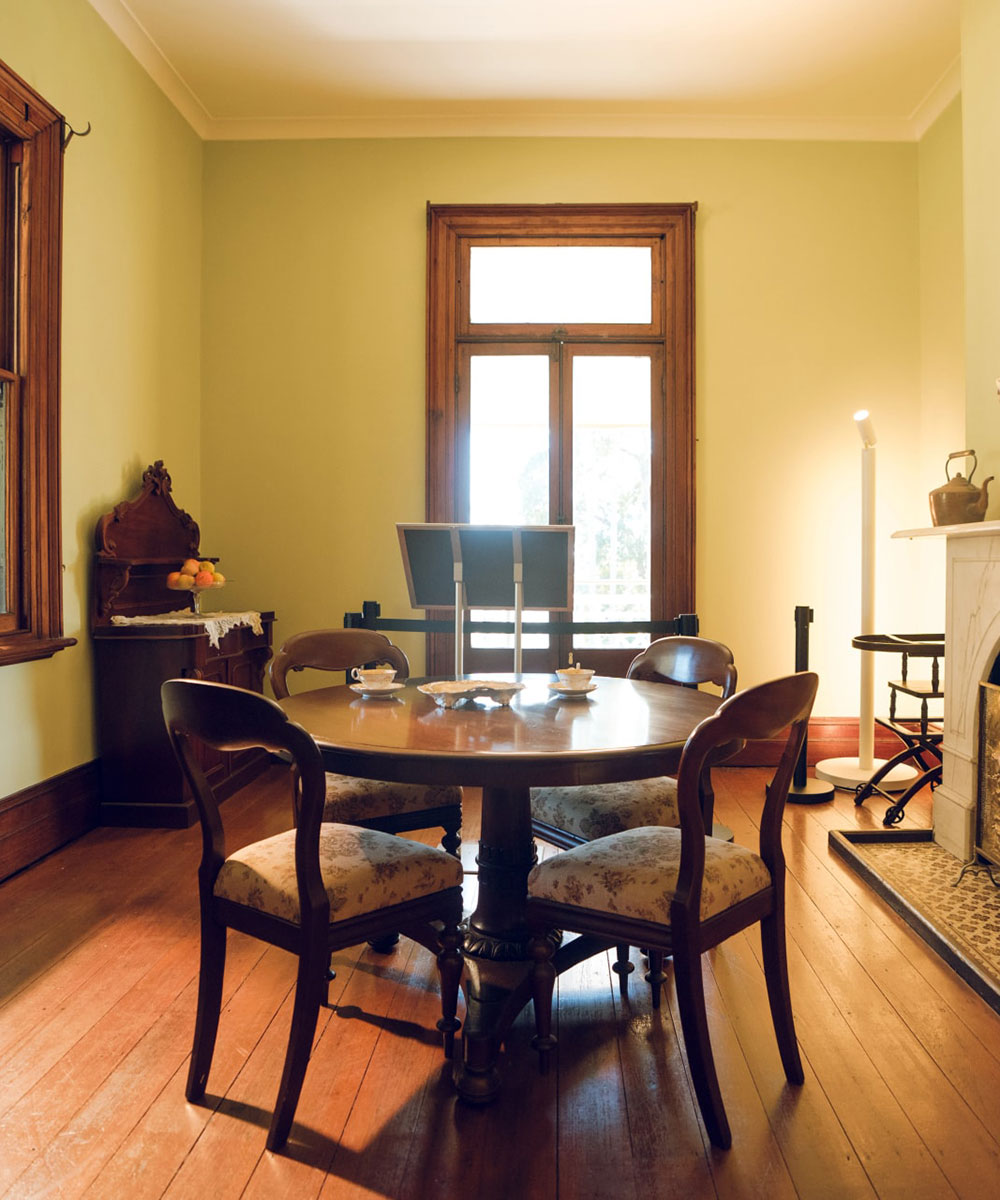Display Room
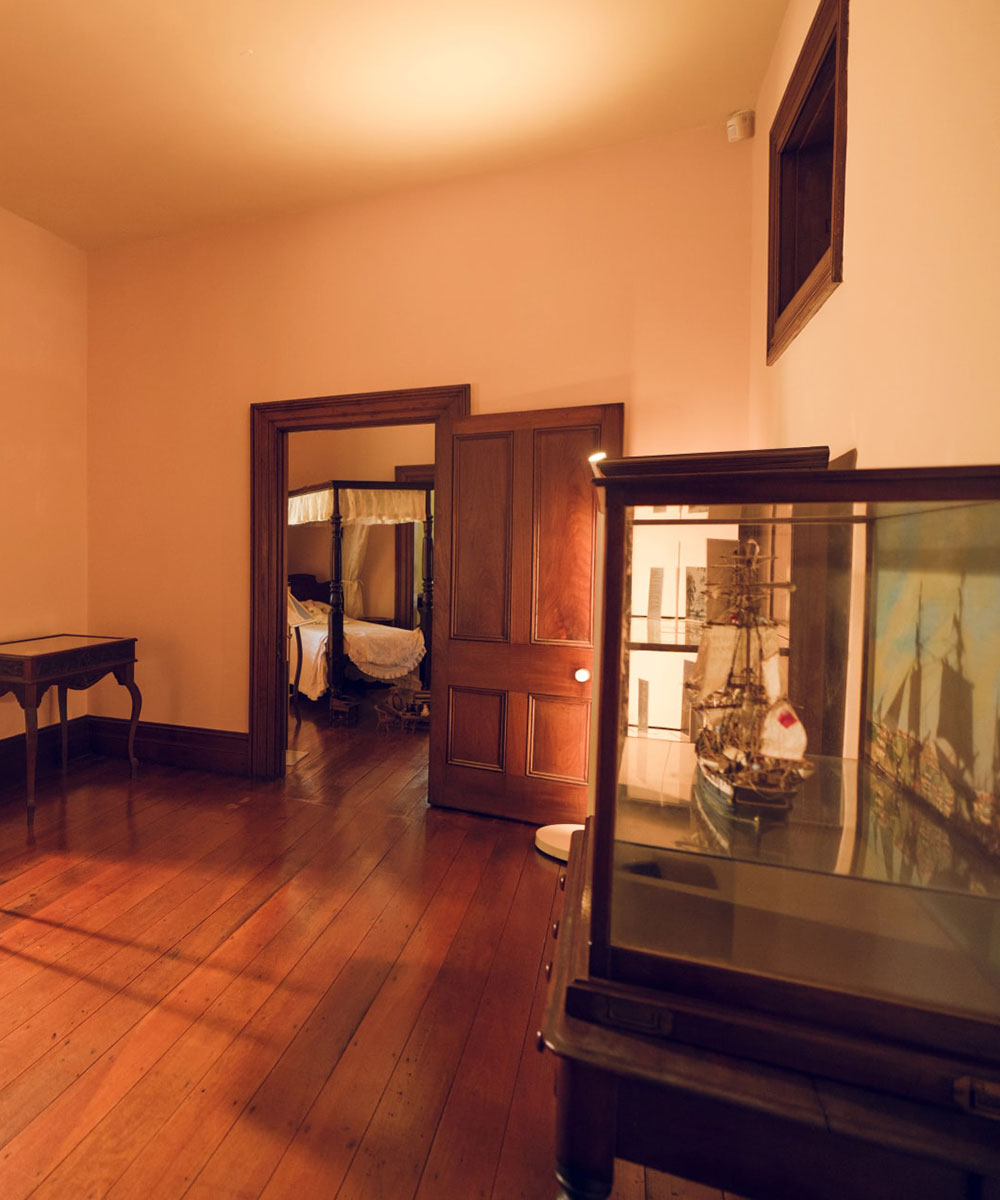
Welcome to the Display Room, originally a bedroom in Newstead House.
Several prominent families have called Newstead House home over the years, and their children slept in this room and the Children’s Bedroom. Here are their stories.
The Leslie Family: c1845 – c1847
Patrick Leslie, the son of a Scottish Laird, came to Australia in 1834 with the intention of learning how to manage flocks and establish his own station. Patrick and his Australian wife, Catherine (née Macarthur), became the first European settlers on the Darling Downs. Seeking somewhere closer to town, they bought 17 acres of land at Garranbinbilla, now known as Newstead Point, for £25 in 1845. The Leslies’ plot bordered their friend Captain John Clements Wickham’s, who was married to Catherine’s sister, Anna.
The Leslies built a cottage in 1846, guided by Georgian architectural style widely used in early colonial Australian buildings. The house was likely built from red mahogany and hoop pine shipped up from around Port Macquarie. The Leslies called the property Newstead after a small village in Scotland. The word ‘House’ didn’t appear in the property’s name until the 1890s, to differentiate it from the suburb of Newstead.
Patrick could not shake the pull of station life, and the very same year they moved into Newstead, Patrick, Catherine and their son, Willy, returned to the Darling Downs. They purchased a station in 1847, called Goomburra, and sold the Newstead property to their brother-in-law, Captain Wickham.
The Wickham Family: c1847 – c1862
Scottish-born Captain John Clements Wickham married Anna Macarthur in Parramatta in 1842. They moved to Brisbane the next year so Captain Wickham could take up the post of Police Magistrate. He later became Government Resident until Queensland separated from New South Wales in 1859.
Captain Wickham had already achieved a decorated naval career, including a stint as second-in-command on the Beagle during Charles Darwin’s famous expedition. He brought three giant tortoises to Newstead, including Harriet, who lived to around 175 and died only in 2006. The tortoises are believed to have been collected by Charles Darwin during his 1835 trip to the Galapagos.
The Wickhams purchased Newstead from their brother-in-law, Patrick Leslie, in 1847. Heritage architects Ballard & Roessler describe the main changes the Wickhams made to the cottage, which can be seen on the signage in the bedroom.
The Wickhams hosted important dignitaries, including the Governor General, Sir Charles Fitzroy, Reverend John Glennie, who later became Archdeacon of Brisbane, and William Tyrrell, Archbishop of Newcastle, which earned Newstead the title of unofficial government house for Brisbane.
Captain Wickham married Ellen Deering in 1857 following Anna’s death five years earlier, but they did not stay at Newstead for long, letting out Newstead and returning for England in 1860 after Captain Wickham’s position was abolished. He never returned to Australia, dying in Biarritz in 1864.
The Harris Family: c1862 – c1890
George and Jane Harris moved into Newstead in late 1862 or early 1863; the exact date is unrecorded. The Harrises were at the centre of the town’s high society, George being an ambitious merchant, shipping agent, and businessman, and Jane being the daughter of a well-known Ipswich family regarded for their hospitality and community involvement. Initially leasing the house from the absent Wickhams, the Harrises bought it four years later. They would stay for 27 years and raise four children here.
The Harrises transformed the cottage into a grand Victorian home, adding extensions at each end that nearly doubled the area of the main floor. It is likely, although unconfirmed, that architect James Cowlishaw oversaw these changes.
Because the fabric of Newstead House today is most representative of the Harris era, the house has been restored to and furnished with collection items from that period (c1862 –1890).
What was in this room?
Scroll through the 1890 auction catalogue below to find out what was in this room.
Explore
3 Adjacent Rooms
Click on a room to find out more

